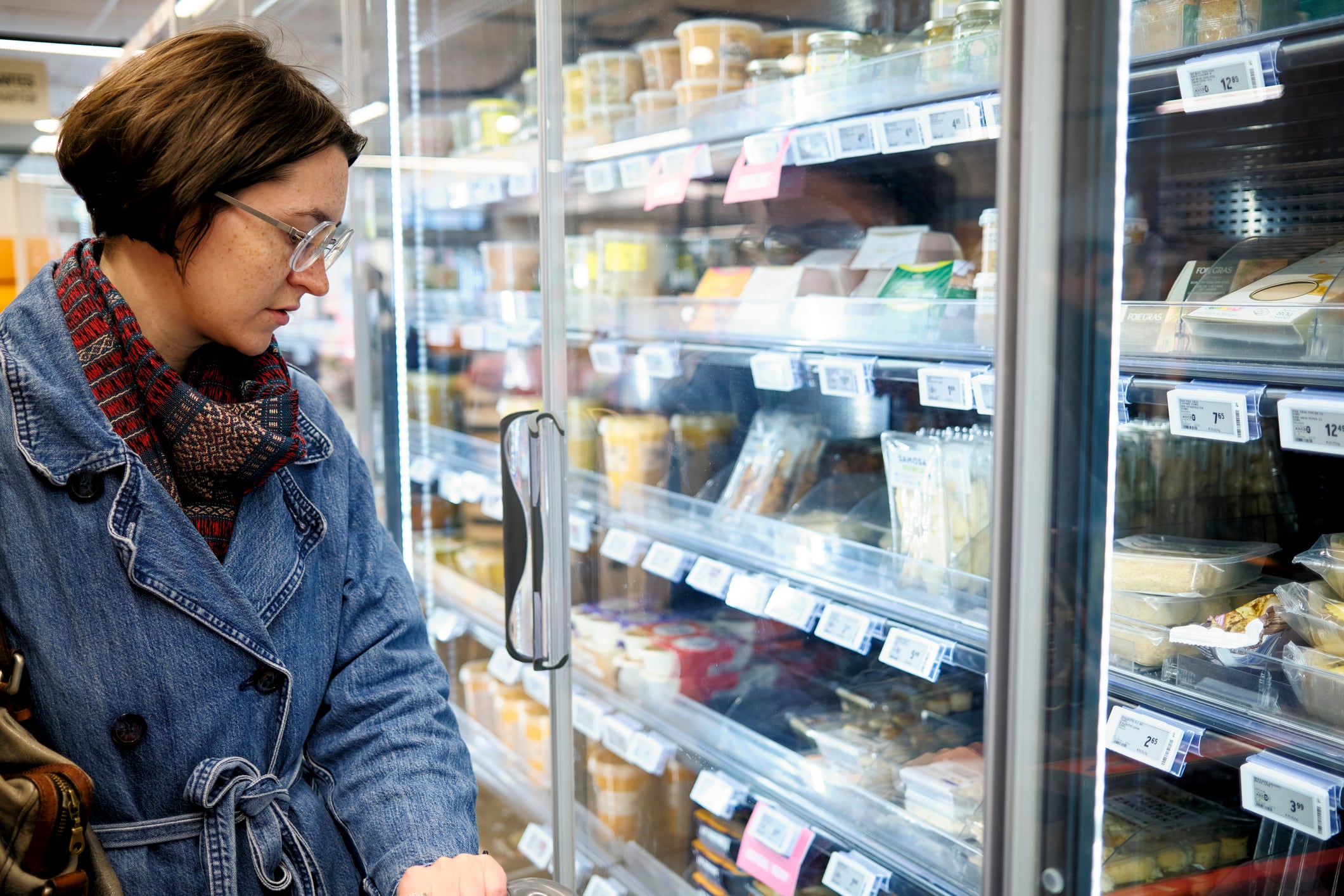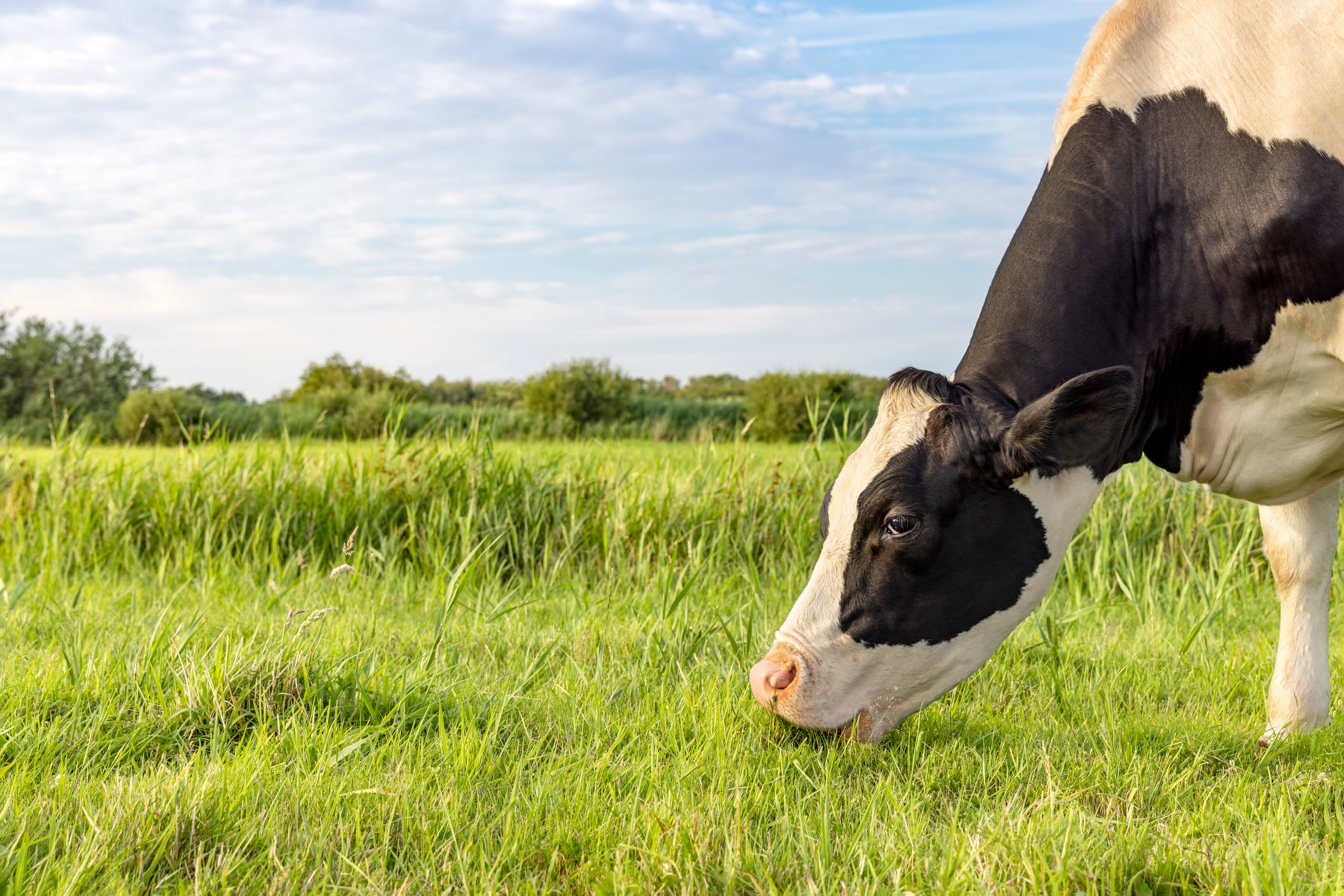Nestlé recently became the second food manufacturer to disclose methane emissions linked to its ingredients – following in the footsteps of Danone, which also subscribes to a science-back methane emissions reduction target.
The information was released during Nestlé’s recent annual general meeting and is featured in the food, nutrition and petcare solutions major’s non-financial statement. The company also disclosed its progress on methane reduction – by 20% from baseline – as well as on CO2 and nitrous oxide emissions removals.
But while ingredients-linked emissions disclosures marked an important step towards greater transparency and environmental accountability from the world’s largest food producer, more should be done, non-proft org Changing Markets Foundation argues.
Lily Roberts, campaign advisor at Changing Markets, told us: “A breakdown of the reported 20% methane reduction from ingredients is essential to understanding whether Nestlé’s claims are credible, lasting, and aligned with science-based targets. A topline figure alone omits critical context and neglects essential information, such as where the methane reductions occurred and how much came from high-emitting sources like dairy, livestock, and other methane-intensive ingredients.
“Currently, Nestlé provides no methane-specific breakdown by intervention – such as methane reducing feed additives, manure management, or shifts in sourcing practices – nor does it disaggregate emissions by region or ingredient type. This makes it impossible to assess what’s driving the reductions or whether they are scalable and replicable.”
Lily Roberts, campaign advisor at Changing Markets Foundation
Without clarity, investors and stakeholders are unable to determine whether Nestlé is genuinely mitigating a material climate risk or simply reshaping its reporting narrative, Roberts explained.
Asked if another food company provides detailed emissions disclosures, the campaign advisor said that Danone remains the only player to have set a methane-specific reduction target, but similarly to Nestlé, its disclosures are not broken down by source.
“Danone remains notable for setting a standalone methane target,” Roberts said. “This is a significant step and sets a benchmark in the industry, as most companies only report methane as part of broader GHG emissions, if at all.
“While Danone has committed to annual reporting, its disclosures so far are not as transparent as they could be. Methane emissions are not broken down by source – such as manure, enteric fermentation, or waste – nor are they expressed in methane-specific terms, which limits transparency.”
Nestlé’s ‘flexibility’ to pivot away from dairy
A detailed breakdown of the sources behind its methane reduction to substantiate its 20% claim should be the next step for Nestlé.
“It is crucial that Nestlé discloses the specific methodology used to calculate its methane reduction and vital information such as the baseline year and the timeframe of measurement,” Roberts said. ”It’s equally important to clarify whether reductions reflect actual emissions cuts or rely on insetting or unverified removals, which can inflate the perception of progress without delivering tangible climate impact.
“To demonstrate long-term commitment and alignment with global climate goals, the company should then set a science-based, time-bound methane reduction target – at least a 30% cut by 2030 in line with the Global Methane Pledge,” she added.
“Regular, disaggregated reporting by emissions source – such as enteric fermentation, manure management, and sourcing regions – would further enhance transparency and support greater accountability.”
But doing this is tricky. “Challenges include supply chain complexity, data collection, and dependency on dairy – but none are insurmountable, especially for a global company with Nestlé’s resources,” Roberts said.
“While Nestlé is a significant user of dairy, it is not fundamentally a dairy company. This distinction gives it greater flexibility – and arguably a stronger opportunity – to pivot away from high-emitting ingredients.
“In light of the growing scrutiny around climate risks, failing to address methane emissions poses a far greater long-term business liability than the challenges of taking action,” she argued.
Why methane emissions matter
According to FAO, the global dairy herd contributes to greenhouse gas emissions, especially through rumination. Dairy animals produce around 3.1 gigatonnes of CO2 equivalent per year or 40% of global livestock emissions, with dairy cattle accounting for 75% of it. Enteric methane represent 51% to 67% of the herd’s emissions; compared with carbon dioxide which is long-lived climate pollutant (up to 200 years atmospheric residence time) methane is short-lived but traps 84 times more heat than carbon dioxide over the first two decades after it is released into the air.
Options aiming to reduce emissions per kg of milk exist and mainly target feed use efficiency, manure management and herd performances through improved animal health and husbandry.
Systemic change: Is it even possible?
Changing Markets – which has criticized the climate actions of Nestlé, Arla Foods and major food retailers – has long argued that the dairy industry should embrace systemic change such as herd size reductions – instead of putting an emphasis on technological solutions, such as feed additives, due to their high costs and uncertain long-term effectiveness.
In their environmental disclosures, both Danone and Nestlé highlight manure management and feed additives among the sustainability measures they have put in place to reach their respective climate goals – but the non-profit says these approaches are falling short.
“Danone’s reduction plan relies heavily on technical interventions such as feed additives and manure management,” Roberts said. “While these measures can help methane reduction, they do not tackle the systemic drivers of methane emissions.
“Achieving long-term, meaningful progress will require more transformative changes – namely, a shift toward plant-based offerings and a reduction in herd sizes.
“Overall, Danone’s approach may serve as a useful reference point for others in the industry, but it falls short of setting a gold standard and still leaves considerable room for significant improvement.”
Danone is a global leader in plant-based product sales. The group is mainly present in Europe and North America with a portfolio spanning across many key segments, including beverages, yogurts, cheese or ice cream. Nestlé is one of its key global competitors in the space, alongside multi-nationals such as Coca-Cola, Hain Celestial, and Unilever.
Are any of the current farm management and technological measures deployed by food majors contributing to meaningful emissions reductions, we asked.
“The reality is that, while some of these measures may help in the short term, they are not enough on their own,” Roberts said. “Real progress requires structural shifts in sourcing and consumption, not just tweaks at the margins.
“Indeed, while companies like Nestlé and Danone often highlight strategies such as manure management and feed additives as key tools to reduce methane emissions from dairy, most of these interventions…only offer marginal impact. They may produce incremental improvements at the farm level, but they fail to address the scale and systemic nature of the methane problem.
“Without a credible plan to reduce the size of livestock herds or shift away from methane-intensive protein sources, emissions from dairy will remain high.”
But is a systemic change possible?
According to the Food and Agriculture Organization (FAO), per capita consumption of dairy is projected to increase 0.8% p.a. to 15.7 kg (milk solids equivalent, excluding the water content of milk or dairy products) by 2032. The key locations of this strong demand growth are India, Pakistan, and several African countries.
Meanwhile, global milk production (roughly 81% cow, 15% buffalo, and 4% for goat, sheep and camels combined) is projected to grow at 1.5% p.a. over the next decade (to 1 039 Mt in 2032), faster than most other main agricultural commodities, says FAO. Over half of the increase in total milk production is anticipated to come from India and Pakistan, which will jointly account for over 32% of world production in 2032.
Globally, the projected growth in the number of milk-producing animals is expected to be strong, especially in regions with low yields such as Sub-Saharan Africa and in major milk-producing countries such as India and Pakistan. Over the projection period, yields across the world are expected to grow steadily with the strongest growth expected in Southeast Asian countries.
But the introduction of new sustainable production policies or consumer acceptance issues of dairy products ‘will impact the projections for the dairy sector’, FAO notes. “In some countries, dairy production accounts for a substantial share of overall greenhouse gas emissions (GHG), resulting in considerations of how adjustments to dairy production scale and technology could contribute to reducing such emissions.
Overall, the global level of GHG emissions will largely depend on efficiency gains in India and other countries with high cattle populations and extensive production. In addition, climate change and extreme weather events, already experienced in some countries and regions, could aggravate the viability of milk production, FAO concludes.




